We are team of technical nerds, Hire Us for your next project
AI in Retail
- Home
- Industries
- AI in Retail
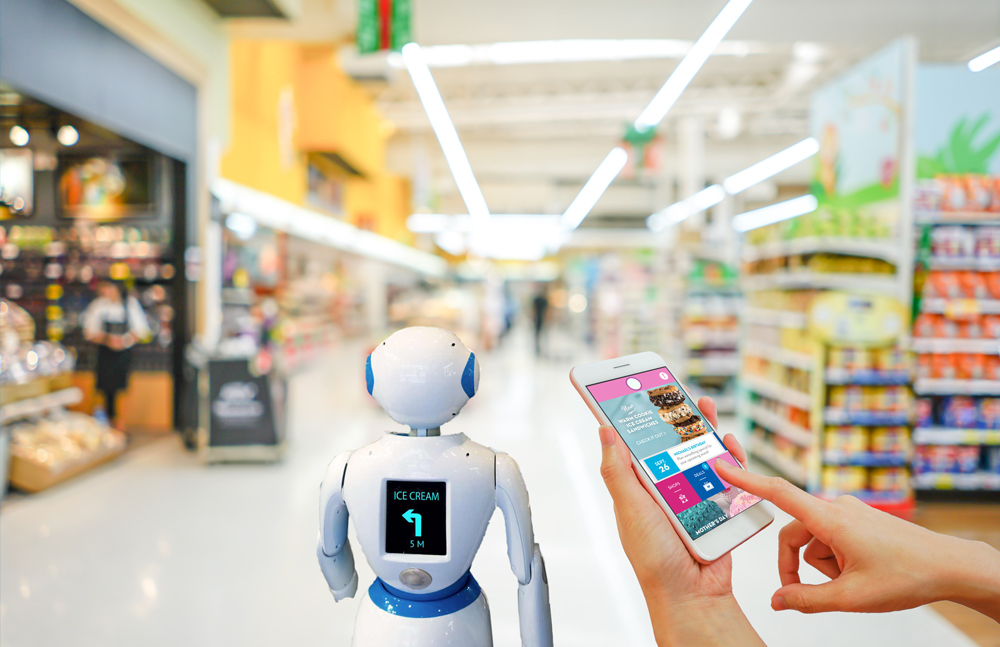
//INDUSTRIES
AI IN RETAIL
Annotation in retail involves labeling and categorizing data to enhance various aspects of retail operations and customer experiences. Here are some key areas where annotation is utilized in retail:
Data Annotation for Employing AI in Retail
Product Categorization
Annotation involves labeling products with relevant categories, attributes, and descriptors. This enables retailers to organize and classify their product catalog effectively, improving searchability and navigation for customers.
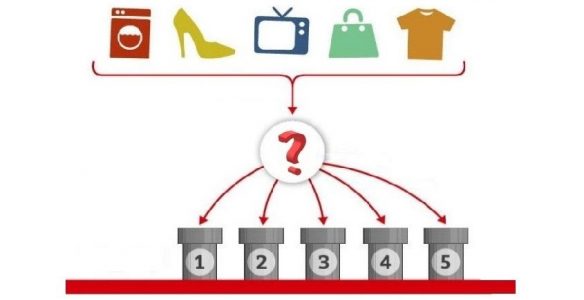

Product Tagging
Annotation is used to tag products with attributes such as color, size, material, and style. This enables retailers to provide detailed product information to customers and enhance filtering and sorting capabilities on e-commerce platforms.
Image Tagging
Annotation involves labeling images with metadata such as product names, brands, and attributes. This enables retailers to optimize product discovery and visual search experiences for customers, increasing engagement and conversion rates.

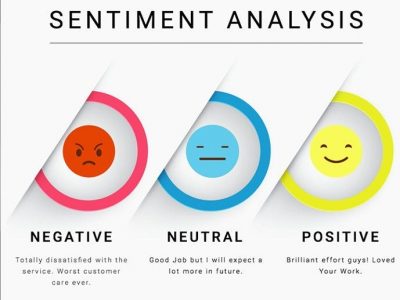
Sentiment Analysis
Annotation involves labeling customer reviews, feedback, and social media posts with sentiment indicators such as positive, negative, or neutral. This enables retailers to analyze customer sentiment, identify trends, and improve products and services based on customer feedback.
In summary, annotation plays a crucial role in retail by providing labeled data that enhances various aspects of retail operations, marketing, and customer experiences. By accurately annotating retail data, retailers can improve product discovery, personalize marketing efforts, optimize inventory management, and deliver exceptional customer service, ultimately driving sales and fostering customer loyalty.
Visual Merchandising
Annotation is used to label product placements, displays, and store layouts in retail environments. This enables retailers to optimize visual merchandising strategies, enhance product visibility, and drive sales in brick-and-mortar stores.
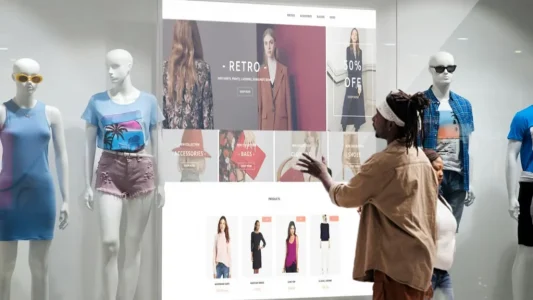
//Industries
INDUSTRIES WE SERVE
RETAIL
 Assisting the retail and e-commerce sectors by providing training data to optimize their in-store operations through the implementation of artificial intelligence (AI).
Assisting the retail and e-commerce sectors by providing training data to optimize their in-store operations through the implementation of artificial intelligence (AI).ROBOTICS
 3D object detection finds extensive application in robotics, particularly to prevent collisions with dynamic entities such as humans, animals, and other objects.
3D object detection finds extensive application in robotics, particularly to prevent collisions with dynamic entities such as humans, animals, and other objects.AGRICULTURE
 Supporting agriculture through computer vision training data involves facilitating the identification of product defects, sorting produce, managing livestock, assessing soil quality, implementing fertilizer applications, and fine-tuning genetic conditions.
Supporting agriculture through computer vision training data involves facilitating the identification of product defects, sorting produce, managing livestock, assessing soil quality, implementing fertilizer applications, and fine-tuning genetic conditions.INSURANCE
 Preparing training data to integrate AI into insurance procedures for tasks such as risk assessment, fraud detection, underwriting and minimizing human error.
Preparing training data to integrate AI into insurance procedures for tasks such as risk assessment, fraud detection, underwriting and minimizing human error.HEALTHCARE
 Incorporating annotations and accurate labeling within AI systems is crucial for uncovering connections within genetic codesand enhancing efficiency in healthcare processes.
Incorporating annotations and accurate labeling within AI systems is crucial for uncovering connections within genetic codesand enhancing efficiency in healthcare processes.SECURITY & SURVEILLANCE
 Facilitating the integration of AI into cameras and sensors enables the detection of potential risks at workplaces, airports, and industrial sites. This involves incorporating computer vision technology into security and surveillance systems.
Facilitating the integration of AI into cameras and sensors enables the detection of potential risks at workplaces, airports, and industrial sites. This involves incorporating computer vision technology into security and surveillance systems.SELF-DRIVING
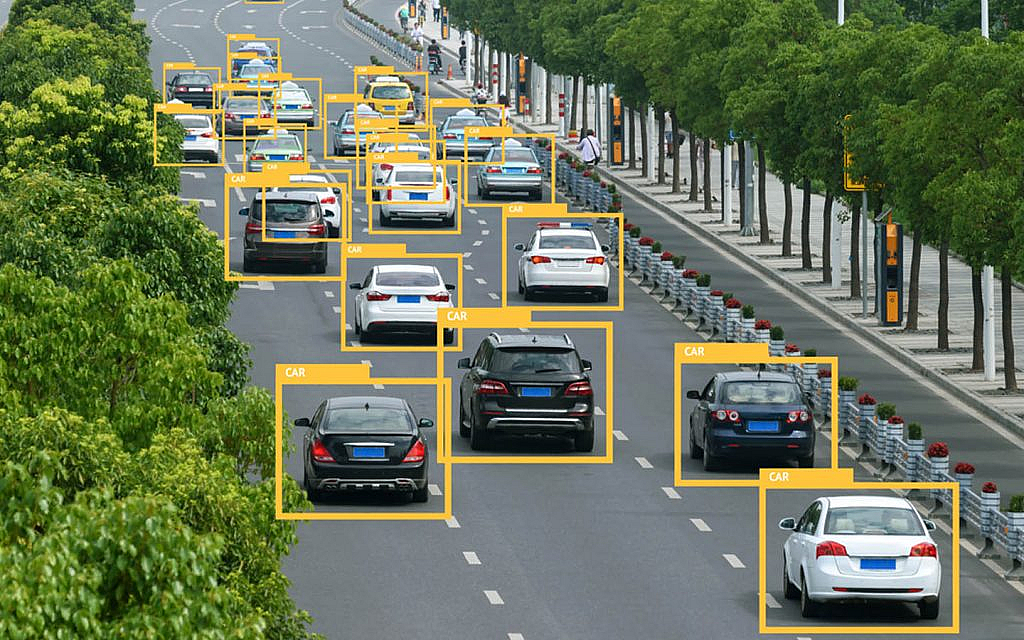 Bounding boxes serve to annotate the surroundings of a vehicle, aiding in the detection of various objects including pedestrians, vehicles, traffic signs, and barriers.
Bounding boxes serve to annotate the surroundings of a vehicle, aiding in the detection of various objects including pedestrians, vehicles, traffic signs, and barriers.LOGISTICS
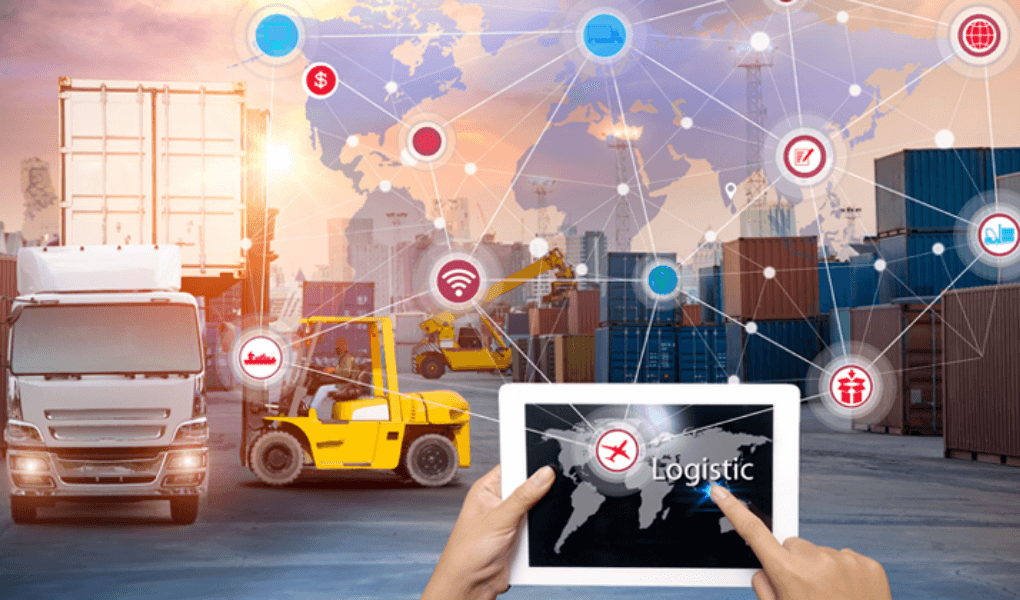 Logistics represents one of the growing areas of artificial intelligence application. We specialize in annotating images of goods to generate high-quality training data utilized in logistics.
Logistics represents one of the growing areas of artificial intelligence application. We specialize in annotating images of goods to generate high-quality training data utilized in logistics.AUTONOMOUS FLYING
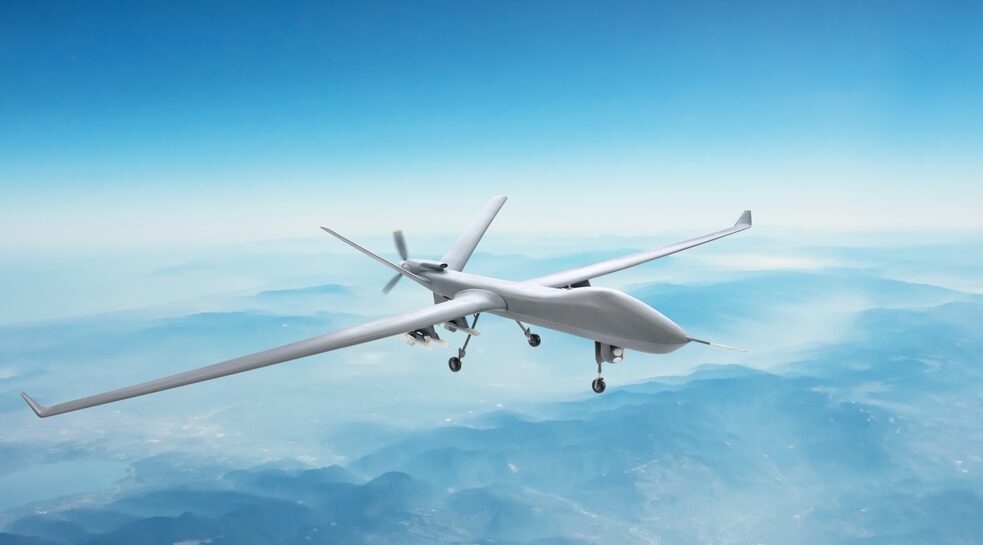 Simplifying and broadening access to AI implementations for automated or assisted flight can be achieved by leveraging image annotation conducted at the backend using training data specifically tailored for autonomous flying.
Simplifying and broadening access to AI implementations for automated or assisted flight can be achieved by leveraging image annotation conducted at the backend using training data specifically tailored for autonomous flying.






